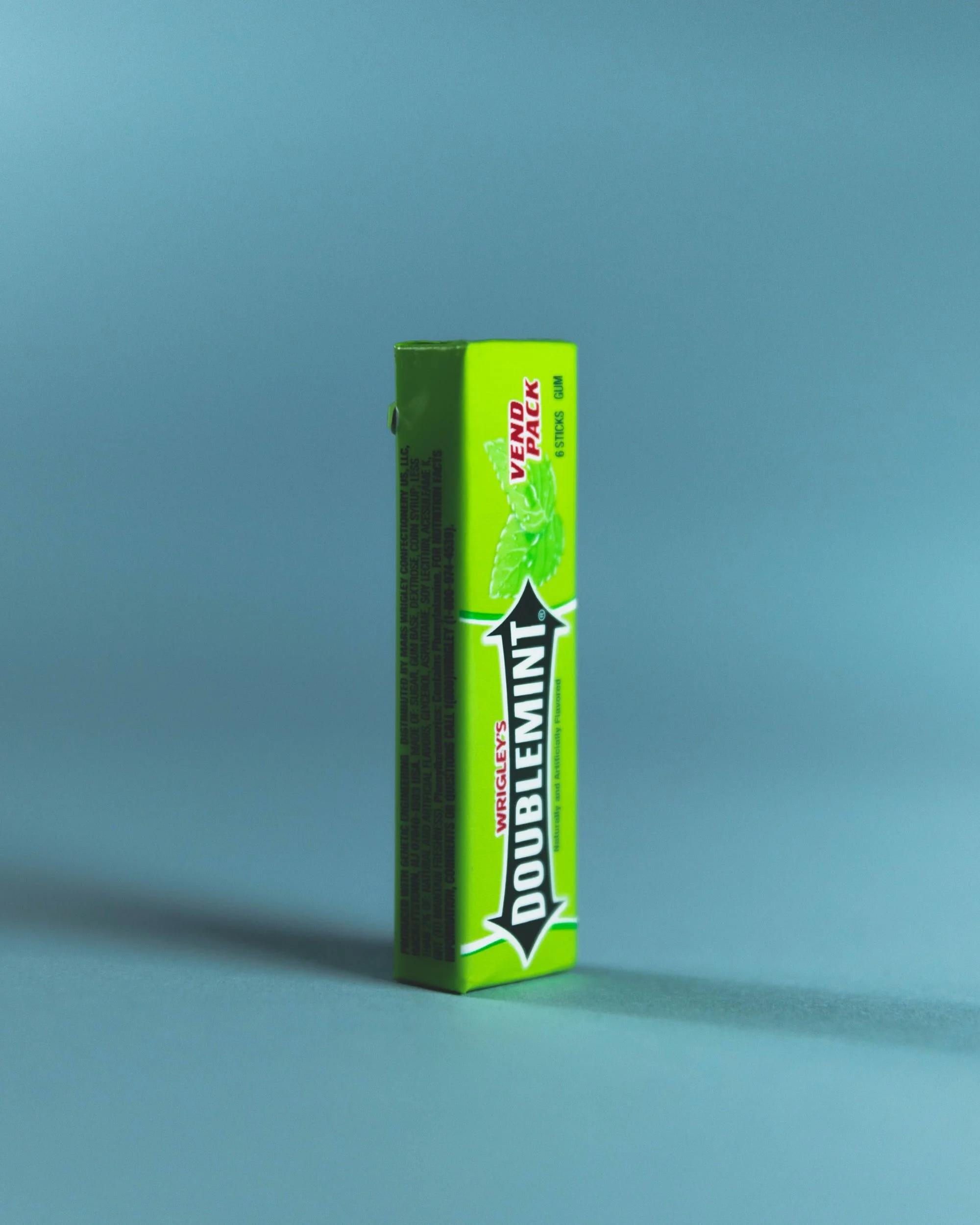Barcodes key to safety and traceability
Wrigley’s chewing gum was the first product to make use of a barcode back in 1974. Since then, the familiar black and white stripes have become common place.
Barcodes are now part of our daily life - for the majority it is the striped labels on our shopping which register the price to be paid on the till. But, in reality, barcodes do so much more than reveal the price to be charged on the item it is attached to.
They play an important role in business, particularly the food and pharmaceutical industries where it is essential that products can be efficiently identified in case of health and safety issues.
There are many advantages to using barcodes. They are vital for the traceability of products from foods, to medicines and chemicals, especially if there is a need for a recall and a threat to public health. They also enable efficient stock management.
Automatic data capture systems can collect information quickly and accurately and store it automatically in a digital database for easy access. Barcodes are the most common and affordable method of traceability. They enable automatic product identification, extremely fast recognition and efficient data management. It can cost just a few pence per barcode label, eliminating the need and cost of carrying excess stock.
Businesses who adopt a barcoded solution that complements the warehouse management system save both time and money in the long run by avoiding lost inventory. Too many businesses wait until they are faced with missing inventory before making the choice to start using barcodes.
Each industry has its own barcode standards. So, before determining the design and size of the label and its location on products, check out the standards for compliance. The GS1 Global Traceability Standard defines a minimum set of traceability requirements to achieve full chain traceability enabling an end-to-end traceability system linking the flow of information to physical products. In the event of a dangerous food alert, the sharing of traceable information in the supply chain is vital to ensure a targeted recall.
A selection of desktop and industrial barcode printers.
Your industry can determine if 1D or 2D barcodes are best for your application. Size is important as it needs to be scanned easily - too small makes it difficult to read, whilst too large is a waste of space. Consider where the barcode will be scanned whether it be in a warehouse or retail outlet.
To enable efficient identification of a product the barcode needs to contain a unique mark or code based on numbers or alphanumeric strings. In the food supply chain identification codes adhere to a particular identification convention.
The actual code to be used will depend on business needs and system of traceability to be used. In its simplest form it may be a unique number or identification reference. Another option is to encode additional data using an alpha-numeric substitution code which could include additional details such as the production site and date, product specification or sell by date.
When considering the design be aware that some sizes, types, and colours work better in certain environments. A black barcode printed on a white label is the norm and easy for scanners to read. Colour is an option but don’t compromise for the sake of having more unique labels.
When choosing a barcode system it is important to ensure it is compatible with existing systems. An experienced barcode solution provider can integrate an automatic data capture system to ensure a seamless installation.





